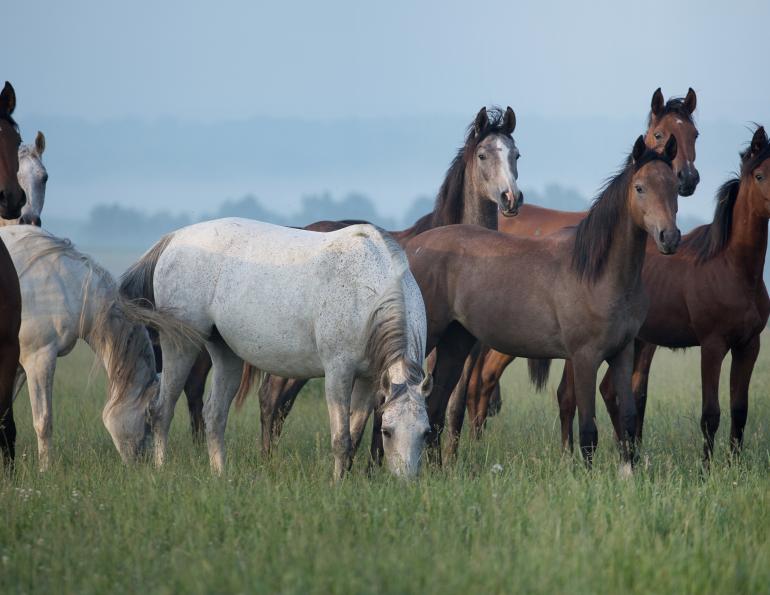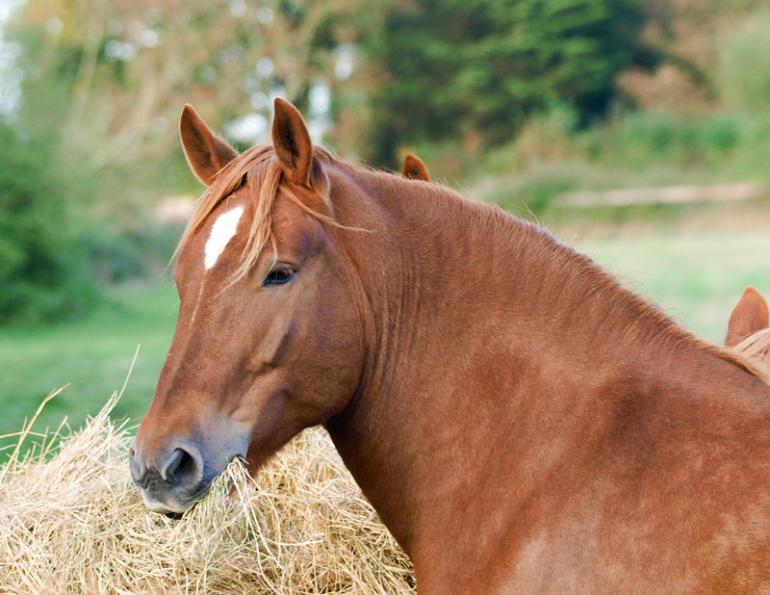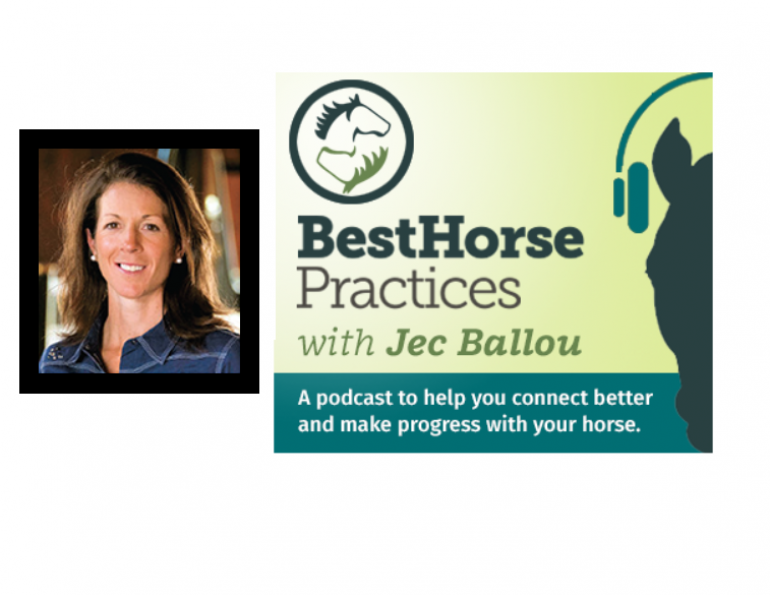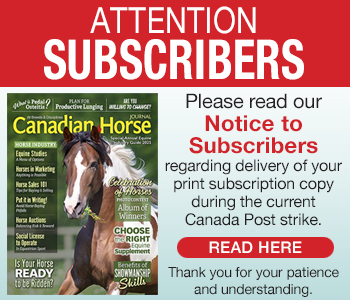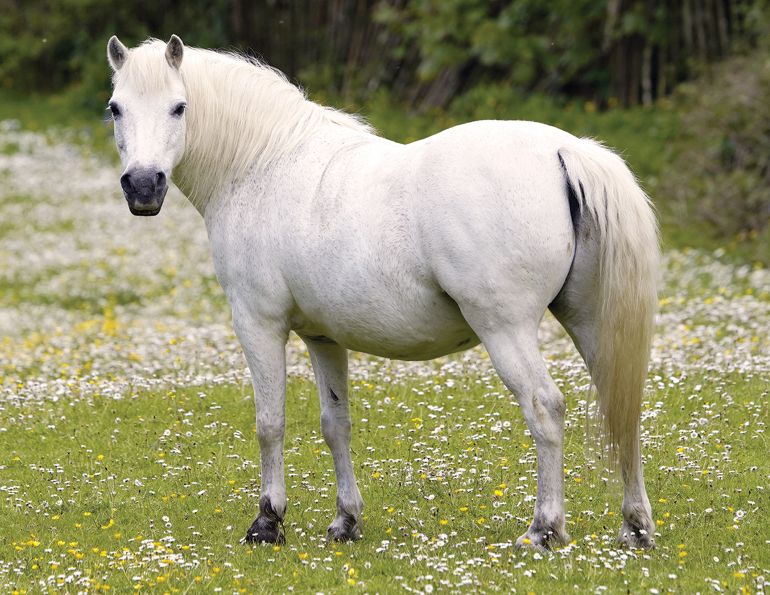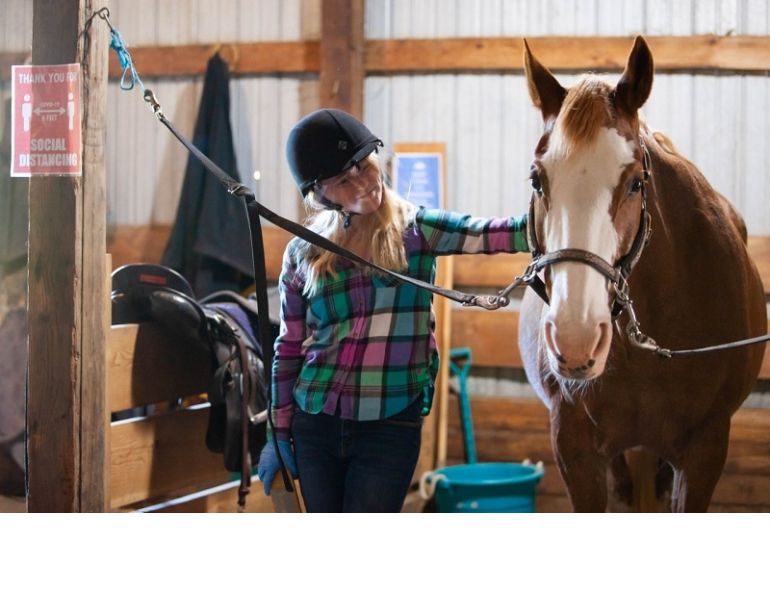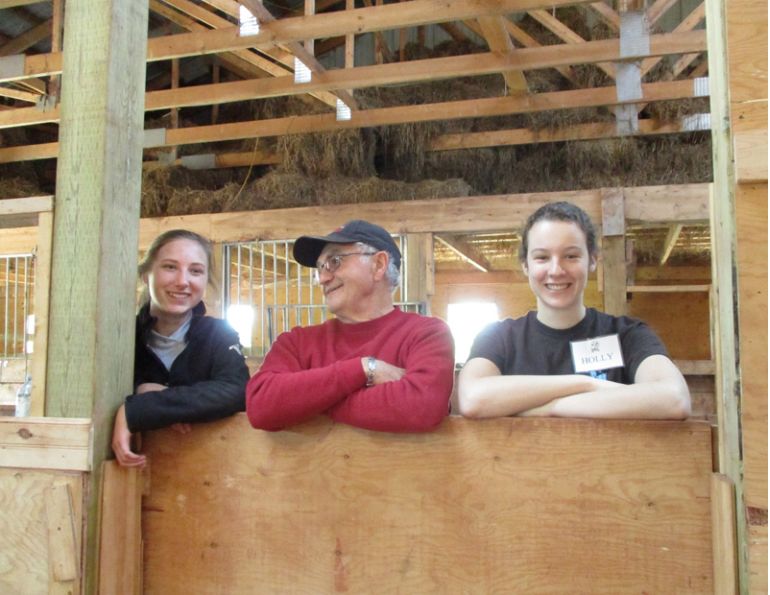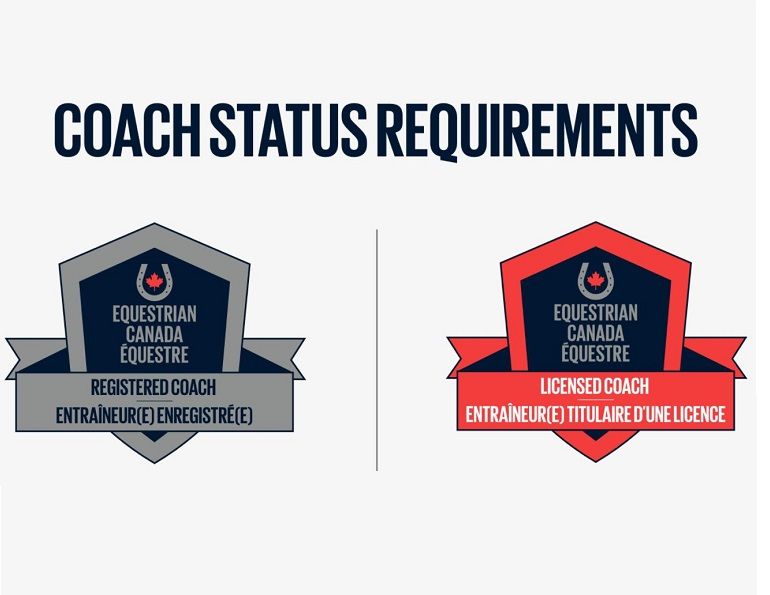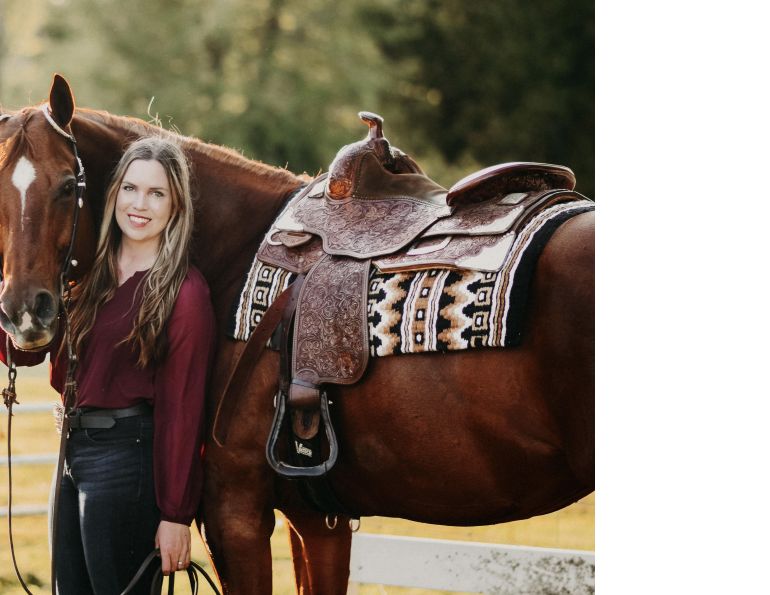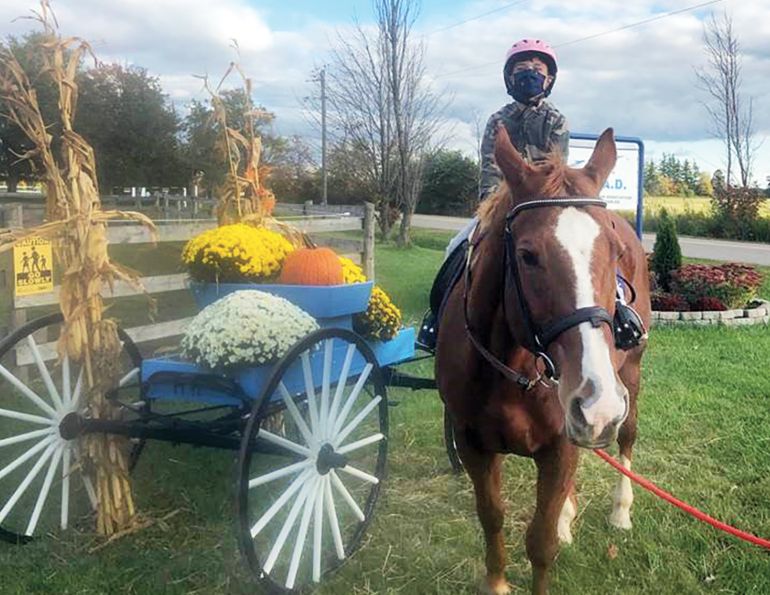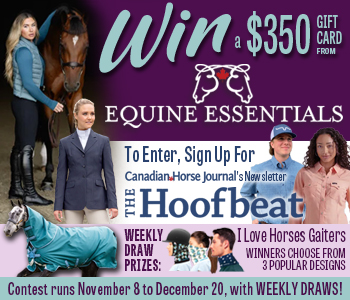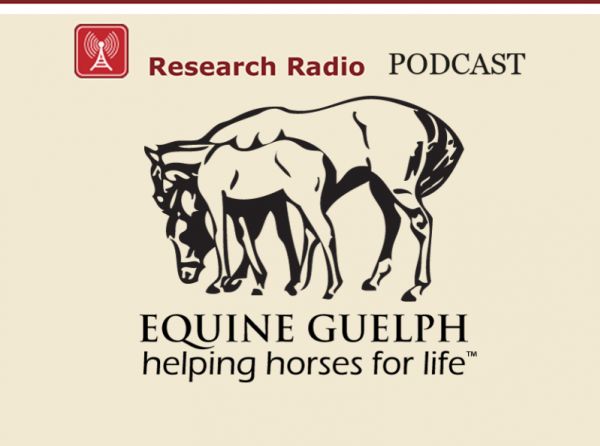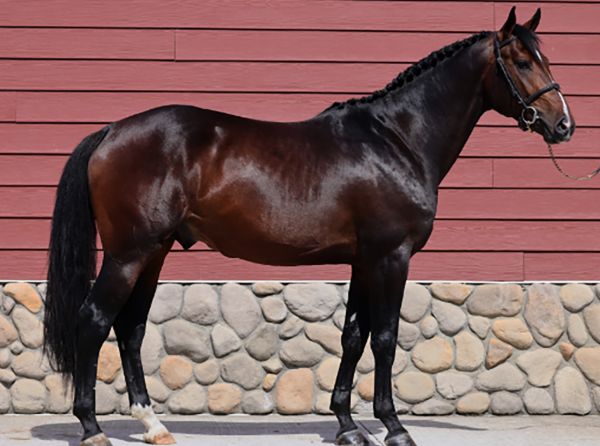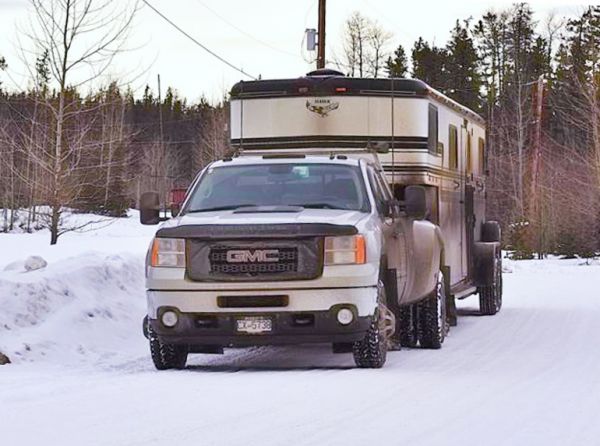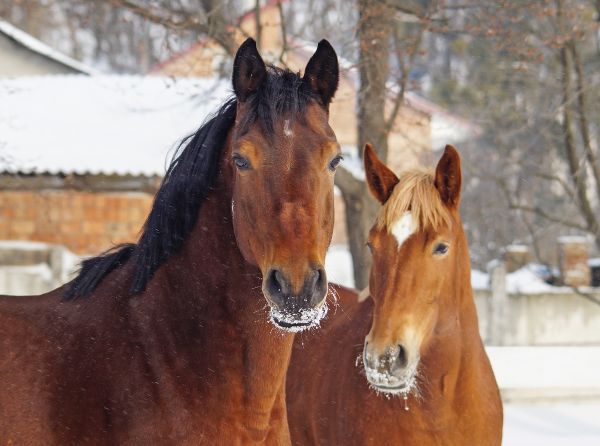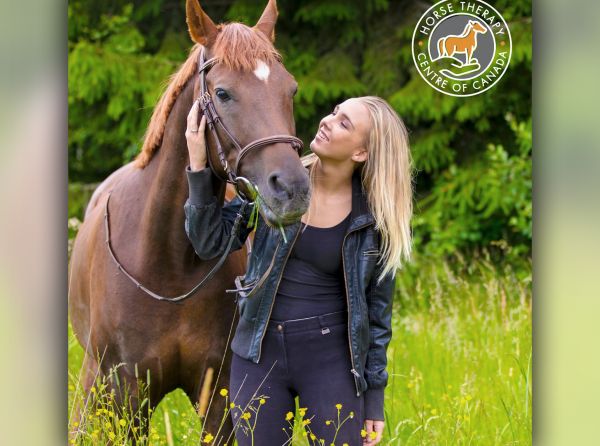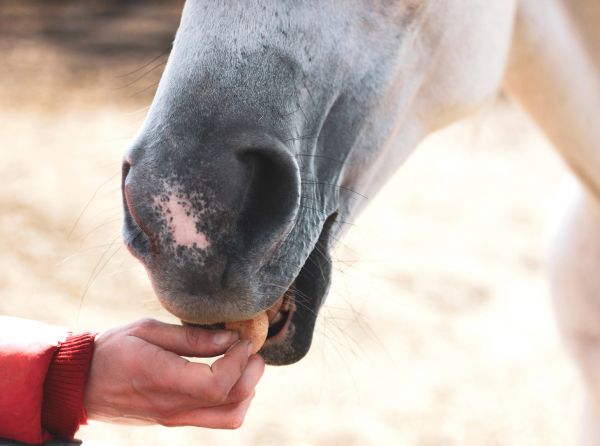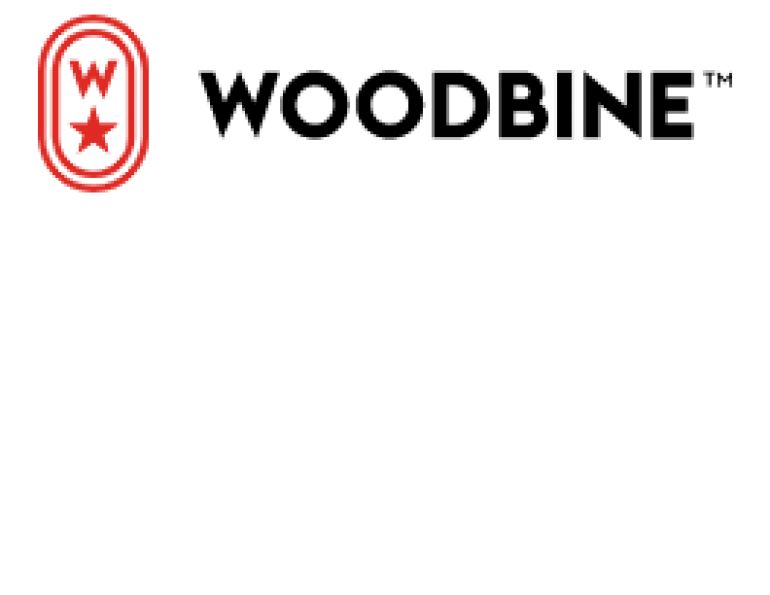Stabilization, Changes in Health Management, and Additional Challenges for Riding and Open Spaces Are Indicated
By Christine Brune
American Horse Publications (AHP) conducted its fourth online nationwide equine industry survey sponsored by Zoetis from January 22, 2018, through April 1, 2018. The survey’s three main objectives are: to gauge participation trends and management practices in the US equine industry; to identify critical issues facing the equine industry as perceived by those who own or manage horses; and to better understand approaches to horse health care.
As in previous surveys, participation was limited to men and women, 18 years of age and older, who currently own or manage at least one horse and live in the United States. This study was anonymous, meaning no one, not even members of the research team, is able to associate survey information with responses.
Upon conclusion of the survey, more than 9,000 usable responses were collected. The survey was promoted through online and print notifications from AHP members as well as via social networking channels. C. Jill Stowe, Ph.D. has provided consultation and data analysis services to AHP for all four of the AHP Equine Industry Surveys. Dr. Stowe is an associate professor of Agricultural Economics at the University of Kentucky.
“The 2018 AHP Equine Industry Survey builds upon the 2009-2010, 2012, and 2015 surveys to help understand the trajectory of the equine industry,” reports Dr. Stowe. She shares five main results conclusions that can be drawn from this year’s study.
- Continuing the trend from the 2015 study, the US equine industry appears to remain fairly stable based on numbers of horses owned/managed and numbers of competitions. The overall average number of horses owned/managed is about the same as 2015, with slightly more senior horses and idle horses. Over 85% of respondents own/manage the same number or more horses than in 2017, and over 80% expect to own/manage the same number or more horses in 2019. Moreover, about 93% of respondents who competed (or plan to compete) in 2018 are competing the same amount or more than they competed in 2017, and about 93% also plan to compete the same amount or more than they compete in 2018. In addition, participants in the youngest age groups expect to own/manage more horses and compete more in the future.
- Costs of horsekeeping are increasing in different areas. In this year’s survey, veterinary services, labour costs, and animal health products represent the three areas in which costs have increased the most for horse owners/managers. To some extent, these cost differences are geographical, suggesting a needed awareness of different management concerns across the country.
- Unwanted horses will always be an important issue to the equine industry, but land-related issues (loss of trails/riding areas and competition for open spaces from developers and other agricultural uses) are continually becoming more important to respondents.
- There have been changes in horse health care management and awareness. Nearly double the percent of respondents are now talking to their veterinarians about AAEP vaccination recommendations, and the percent of respondents requesting specific brands of vaccines has also doubled. In addition, more respondents are deworming less frequently, which suggests that more horse owners/managers are adopting the approach of utilizing fecal egg count tests and deworming according to the results in favour of rotational deworming.
- Science and technology have provided new opportunities to better care for the horses we manage. New product and therapy development give rise to different opportunities for growth in the industry, which does not necessarily have to be measured strictly by number of horses.
“Since horses became obsolete as a tool in transportation and farming, the horse industry has had to embrace a new role where the horse is used for recreation, sport, and entertainment,” say Stowe. “Accordingly, with the horse no longer being a ‘necessity’ and rather generally representing a ‘luxury’ item (although many of us in the horse industry certainly classify the horse as a necessity!),” she says, “the horse industry is more exposed to fluctuations in general market conditions as well as competition against other forms of recreation, sport, and entertainment.
“According to past and present AHP survey results, nearly ten years removed from the onset of the Great Recession of 2008-2009, the equine industry appears to have firmly stabilized,” Stowe reports. “Industry participants have made great strides in addressing important issues, such as the unwanted horse issue, and now have their sights focused on additional challenges, such as the scarcity of riding areas and open spaces.”
“We are thrilled with the cooperation of our members, the industry respondents, and Dr. Stowe, in conducting this fourth survey,” said Christine W. Brune, AHP executive director. “The Equine Industry Survey is an important project for American Horse Publications and demonstrates that our association can provide vital information for the equine industry through the power of the media. AHP is grateful for its partnership with Zoetis to provide ongoing and vital data on the trends in horse care, management, and welfare of horses in the US.”
The general equine industry may request a summary of this new information by contacting the American Horse Publications office at ahorsepubs@aol.com after October 1, 2018.
For additional information on survey results relating to horse health, CLICK HERE to read press release issued by Zoetis.
Photo: Canstock/Konradbak



